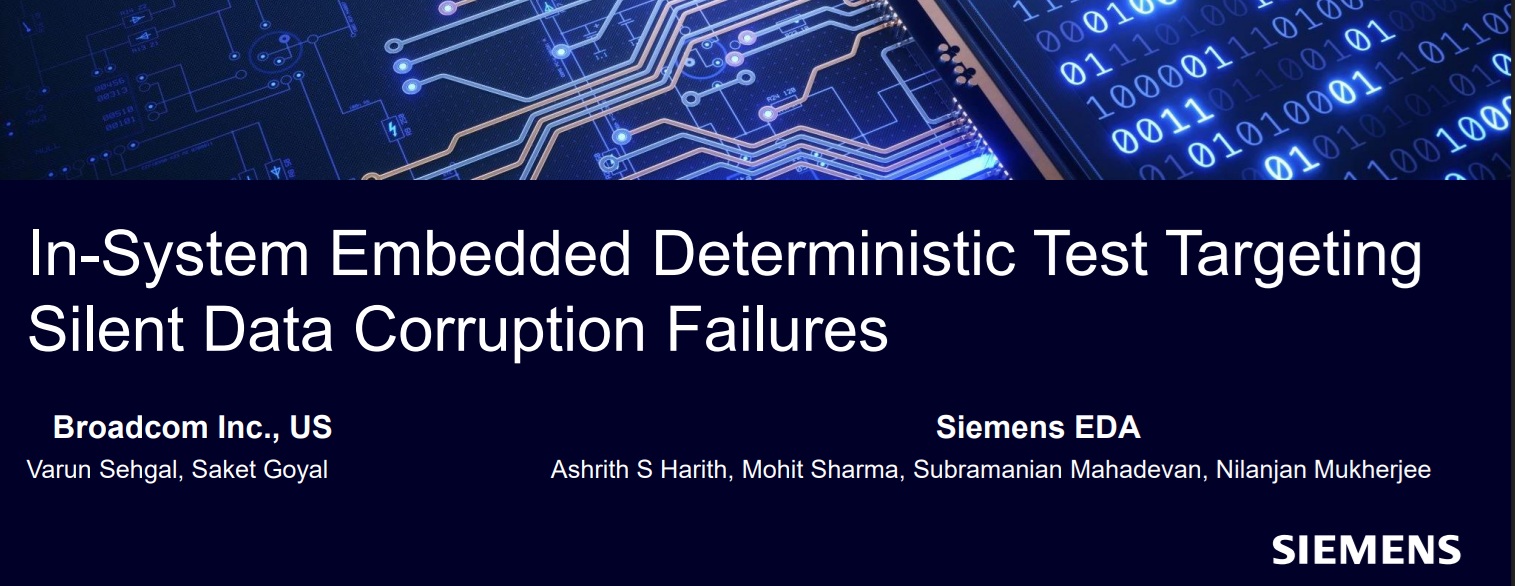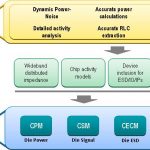For decades, tracing back to the days of Deming, the way to tackle complex engineering problems has been the pareto chart. Charting conditions and their contribution to the problem leads to mitigation priorities.
In the case of SoC power management, the old school pareto chart said the processor core was the biggest power hog and… Read More










Quantum Advantage is About the Algorithm, not the Computer